The Science Behind Welding Metal Techniques for Stronger Fabrications
Welding metal has long been a cornerstone of manufacturing and construction, fundamentally shaping the creation of strong, reliable fabrications across various industries. According to a report from the American Welding Society, the welding sector contributes an estimated $35 billion annually to the U.S. economy, underscoring its significance in building infrastructure and durable goods. As industries strive for enhanced performance, the quest for innovative welding techniques has become paramount.

This exploration of welding metal not only encompasses traditional methods but also delves into advanced technologies such as laser welding and friction stir welding, which have been shown to improve joint integrity and reduce production times. By understanding the science behind these techniques, engineers and fabricators can utilize them to achieve stronger, more resilient constructions that meet the demanding standards of modern applications.
Understanding the Fundamentals of Welding Processes and Techniques
Welding is an essential process in metal fabrication, relying on various techniques to join materials effectively and create durable structures. Understanding the fundamentals of welding processes begins with recognizing the principles of heat application and metal fusion. Different methods, such as MIG, TIG, and stick welding, utilize different energy sources and filler materials, impacting the strength and appearance of the final product. Familiarity with these techniques allows fabricators to select the most suitable method for their project’s specific requirements.
Tips for achieving strong welds include ensuring proper joint preparation, which involves cleaning and aligning the metal surfaces to promote optimal fusion. Additionally, maintaining a consistent travel speed and proper heat settings can prevent issues like warping and burn-through, enhancing the overall quality of the weld. Always utilize appropriate safety gear to protect against sparks and fumes while welding, as safety is paramount in maintaining a productive working environment.
Moreover, staying updated with the latest technological advancements and best practices in welding can lead to improved techniques and efficiency. Regular training and experimentation with different settings and materials can expand a welder's skill set, resulting in stronger and more reliable fabrications.
The Science Behind Welding Metal Techniques for Stronger Fabrications
| Welding Technique | Material Type | Heat Source | Applications | Strength Rating (MPa) |
|---|---|---|---|---|
| MIG Welding | Steel, Aluminum, Stainless Steel | Electric Arc | Automotive, Construction | 410 |
| TIG Welding | Stainless Steel, Aluminum | Electric Arc | Aerospace, Tool Making | 500 |
| Stick Welding | Steel, Cast Iron | Electric Arc | Construction, Repair | 350 |
| Flux-Cored Arc Welding | Steel, Thick Metals | Electric Arc | Heavy Construction, Shipbuilding | 480 |
| Laser Welding | Various Alloys | Laser Beam | Precision Engineering, Electronics | 600 |
Exploring Different Types of Welding Methods and Their Applications
Welding techniques play a vital role in modern fabrication, with various methods tailored to specific applications and materials. Among the most innovative developments is magnetic pulse welding (MPW), a solid-state process that utilizes electromagnetic forces to join conductive materials without the need for traditional filler materials. This technique has gained traction in tubular applications, where the pressure and integrity of welds are critical. According to industry reports, MPW not only enhances the strength of the weld but also minimizes distortion, a common issue with conventional methods.
Another advanced welding technology is laser welding, which employs concentrated light energy for precision cutting and joining. This technique is increasingly utilized in sectors such as oilfield equipment manufacturing, benefiting from the capability to produce high-quality welds with minimal heat-affected zones. Recent advancements indicate that laser welding can improve production speed by up to 50%, optimizing efficiency and reducing operational costs. As industries continue to seek stronger and more reliable fabrications, the exploration of diverse welding methods is essential, paving the way for innovations that enhance the performance of manufactured products.
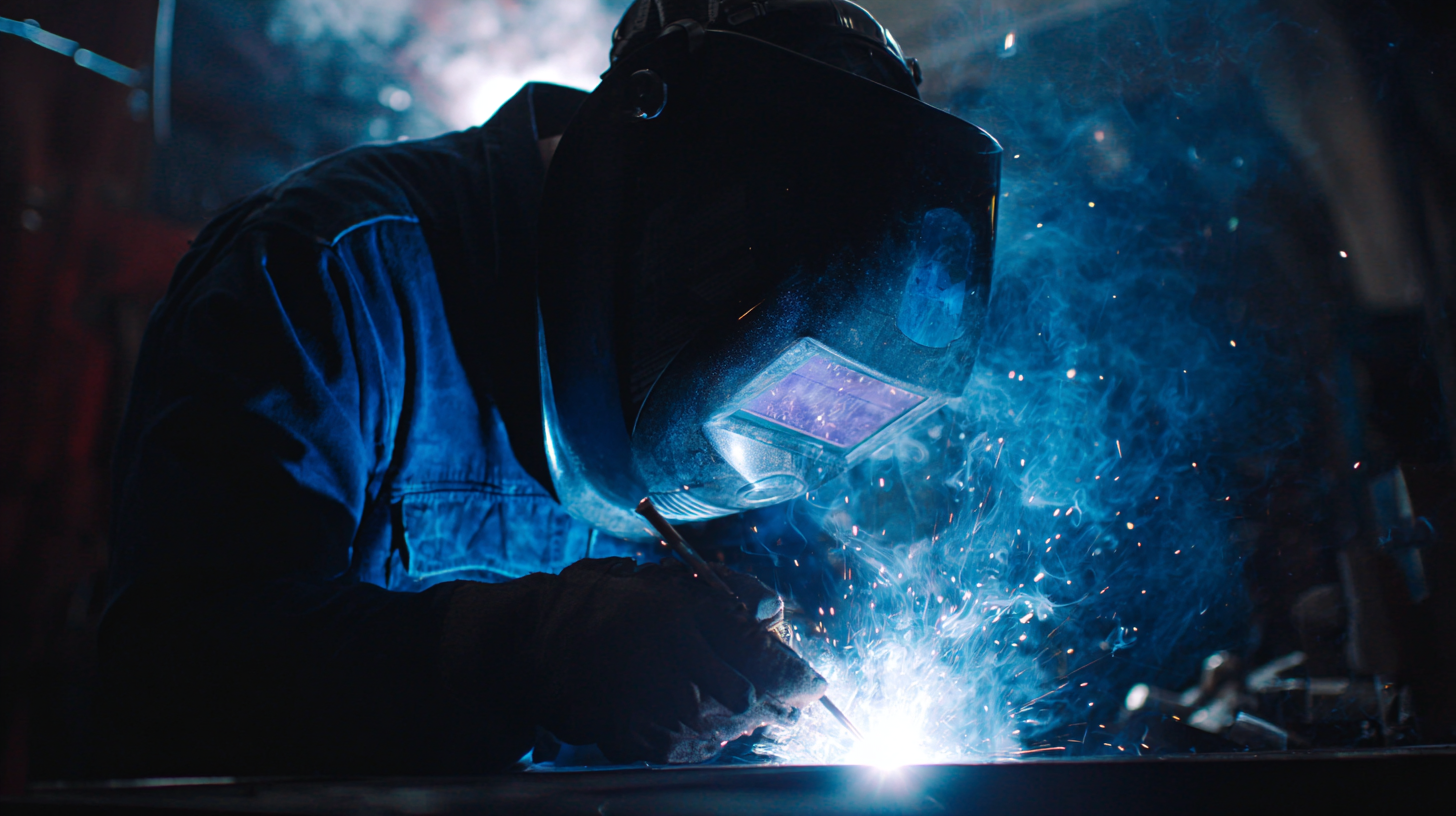
The Role of Heat and Pressure in Welding for Metal Fabrication
Welding techniques crucially rely on the interplay of heat and pressure, foundational elements that dictate the integrity and strength of metal fabrications. In recent studies, the mechanical properties and microstructures of various welding methods have been extensively analyzed, revealing the significant effects of heat treatments on welded joints. For instance, the investigation of mechanical and metallurgical properties in titanium grade 2 tube-to-tubesheet joints demonstrated that proper heat application not only enhances the structural integrity but also optimizes the overall performance of welded assemblies.
Moreover, innovative approaches like laser welding in the fabrication of MEMS alkali metal vapor cells showcase the advancements in the field. Such techniques leverage ultrafast laser applications, which provide precise control over heat input, allowing for improved joint quality and consistency. A report highlighted that heat treatments on autogenously laser-welded AlSi10Mg alloys can dramatically elevate mechanical properties, underscoring the critical role of thermal processes in achieving high-strength fabrications. As welding technology evolves, understanding and optimizing the roles of heat and pressure will continue to be integral to enhancing the reliability of metal fabrication across various industries.
Material Selection and Preparation for Optimal Welding Results
When it comes to achieving optimal welding results, material selection and preparation are paramount. The type of metal you choose significantly influences the overall strength and quality of the welded joint. For instance, steel and aluminum require different welding techniques and equipment due to their unique properties. Before proceeding, it's essential to understand the characteristics of the materials involved, such as their melting points, corrosion resistance, and mechanical properties.
Tips: Always consult material specifications beforehand and select filler materials that are compatible with the base metals. This not only helps in achieving a strong bond but also enhances the longevity of the weld.
Additionally, proper surface preparation cannot be overlooked. Remove contaminants like rust, oil, and paint from the metal surfaces to ensure a clean welding environment. Deburring edges and using the appropriate grinding techniques can promote better fusion during the welding process, resulting in stronger fabrications.
Tips: Use abrasive pads or solvents for effective cleaning; consider using a TIG welder for more precision when working with thinner metals. Proper preparation not only saves time during the welding process but also leads to superior results.
Evaluating the Impact of Weld Quality on Structural Integrity and Strength
Weld quality is a critical factor that directly affects the structural integrity and strength of fabricated metal structures. When a weld is executed with precision, it can significantly enhance the overall durability and reliability of the fabrication. However, poor weld quality often leads to defects such as incomplete fusion, porosity, and cracks, which can weaken the material and result in catastrophic failures under stress. Therefore, evaluating the quality of welds involves meticulous inspection and testing to ensure that they meet the necessary standards for performance and safety.
Moreover, the techniques employed in welding play a vital role in determining the weld's quality. Factors such as the choice of welding method, the skill level of the welder, and the selection of appropriate filler materials can all influence the final outcome. Advanced methods like TIG and MIG welding offer greater control and precision, reducing the likelihood of defects. Furthermore, ongoing evaluation and monitoring during the welding process can help identify potential issues early, leading to stronger and more reliable fabrications. Ultimately, prioritizing weld quality is essential for engineers and fabricators aiming to produce safe and resilient metal structures.
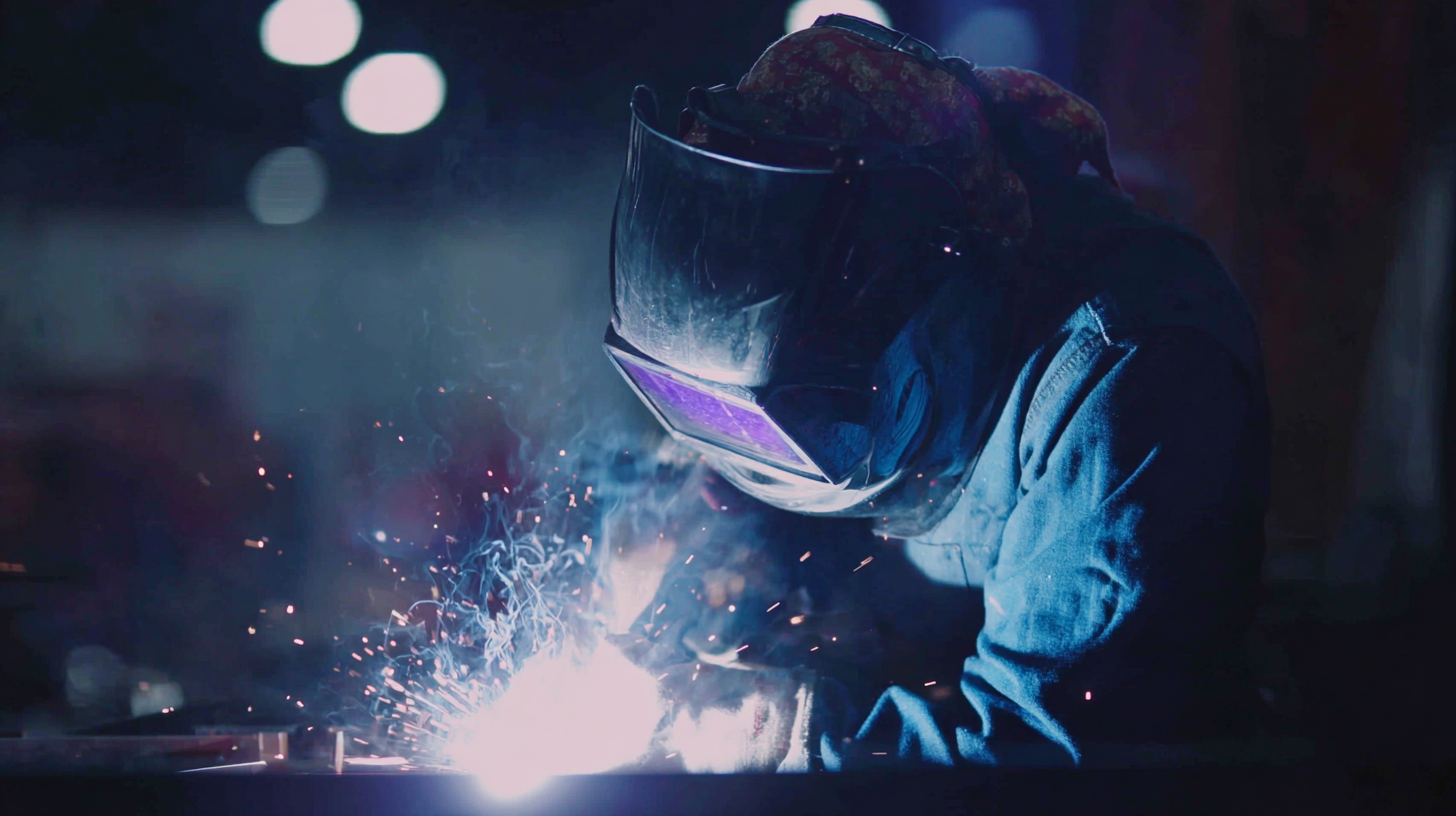
Related Posts
-
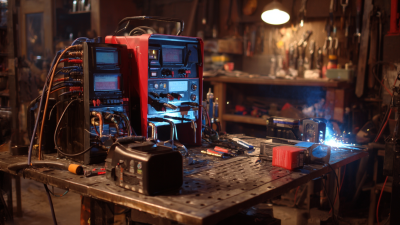
Understanding the Essential Components of MIG Welding Equipment for Beginners
-
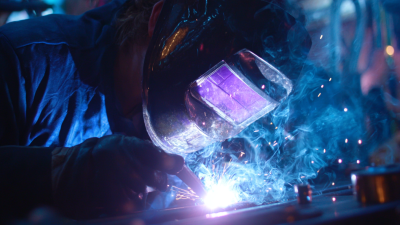
Ultimate Guide to Starting Your Own Mobile Welding Business in 2023
-
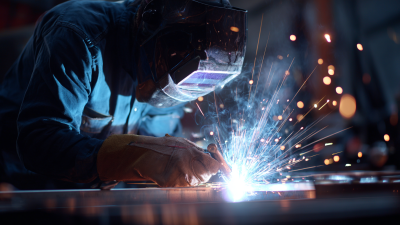
Revolutionizing Industrial Manufacturing: The Future of Seam Welding Machines in Modern Applications
-

Unlocking the Future: How Automotive Welding Technologies Are Revolutionizing Vehicle Manufacturing

Contact us
Please fill out the enquiry form, and our dedicated team will promptly attend to your request